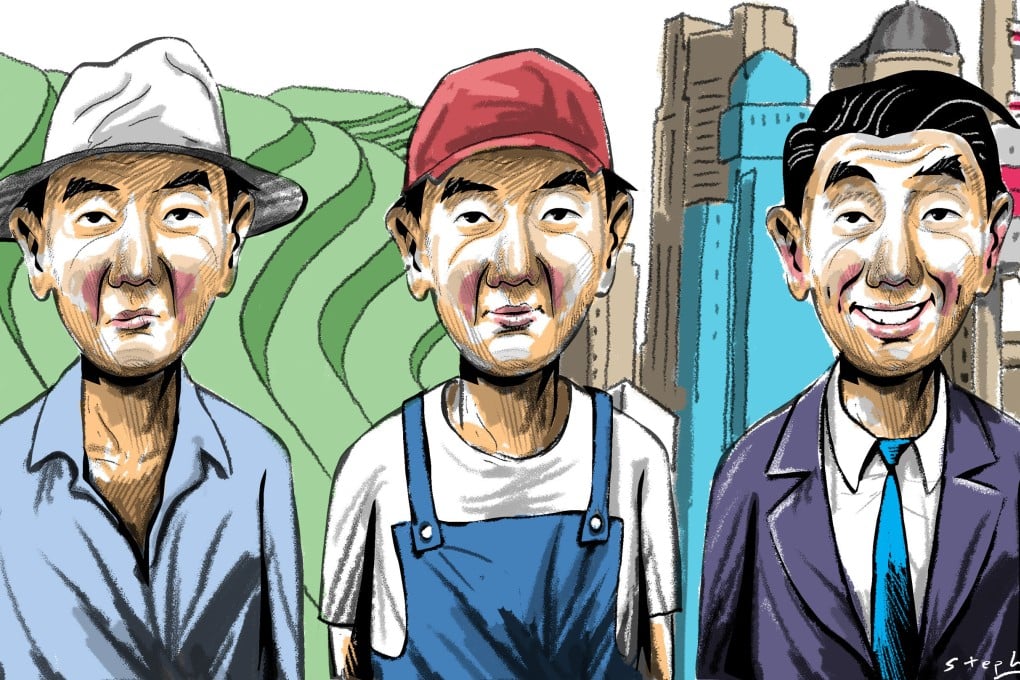Opinion | As China’s Communist Party turns 100, has it delivered what the people want?
- Not only has the party helped transform China into a moderately prosperous society, it has delivered public goods – from raising the literacy rate to boosting life expectancy
- With the wealth gap growing, the focus should now be on boosting the incomes of those who are not yet rich

Overall, the Chinese people have also done very well under the Communist Party. Between 1949 and 2020, real gross domestic product has grown from 315 billion yuan (US$48.4 billion) to 101.6 trillion yuan (in 2020 prices). During the same period, real GDP per capita has grown more than 120-fold, from 582 yuan to 71,965 yuan.
But it has also excelled in the provision of public goods. Traditionally, for millennia, the Chinese people have greatly valued education, in large part because it was one of the very few channels for social mobility.
The literacy rate, which must have been way below 50 per cent in 1949, increased from 66.4 per cent in 1964 to 97.3 per cent in 2020, thanks in part to the simplification of the Chinese characters undertaken in the 1950s.
The simplification has been subject to much criticism, but it did reduce the number of years of schooling required to read a newspaper from eight to four years, a major accomplishment. The tertiary enrolment rates of graduates of secondary schools was 24.6 per cent in 1989 and rose to 94.5 per cent in 2016.


